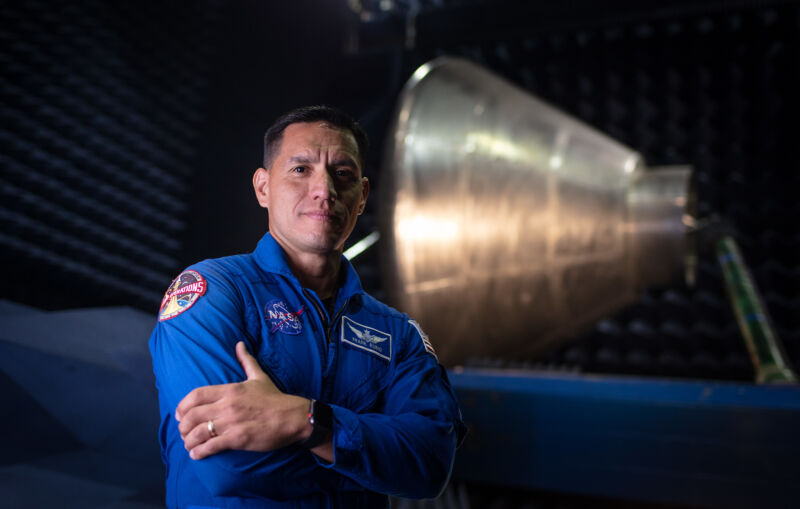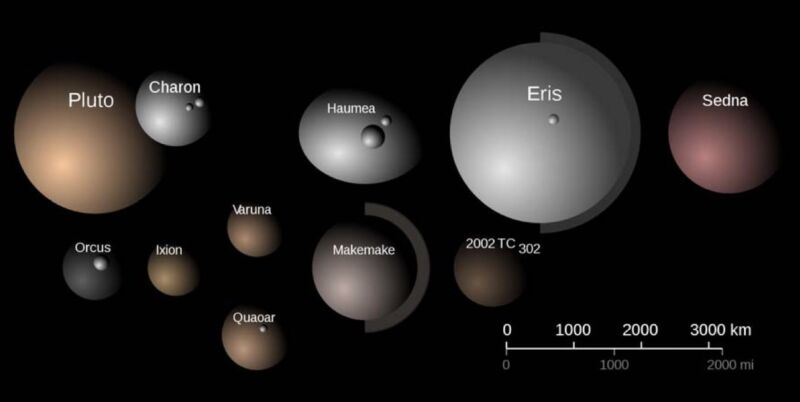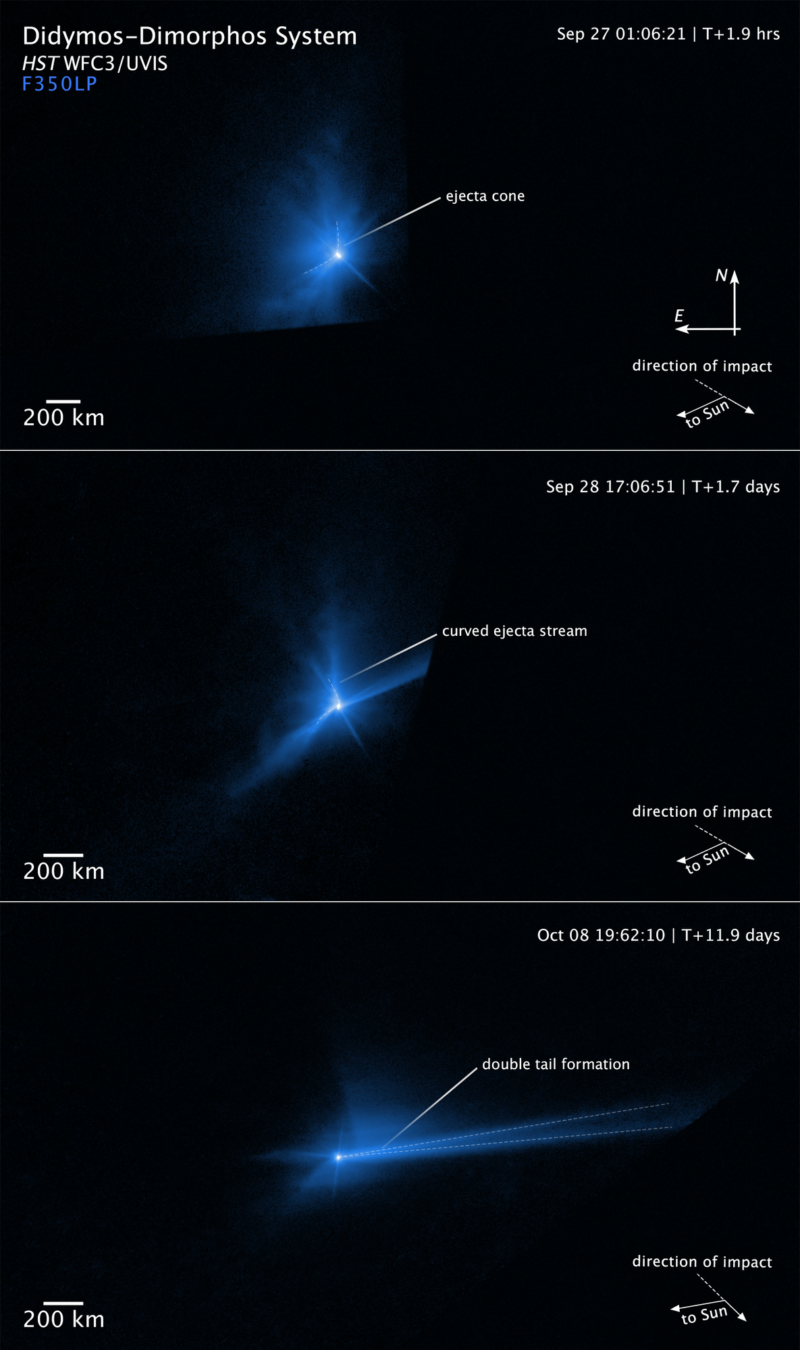- Joined
- Apr 1, 2005
- Messages
- 10,325
- Reaction score
- 6,266
Today seems to be a bad space news day so far.



His name is Jed McCaleb, a US software developer who made his fortune in blockchain development and cryptocurrency. With an acquisition last week of a small space company named Launcher, McCaleb has shown he is serious about building a space station in low-Earth orbit.
McCaleb's space habitation company, Vast, emerged publicly last fall with a plan to build space stations that featured artificial gravity.

